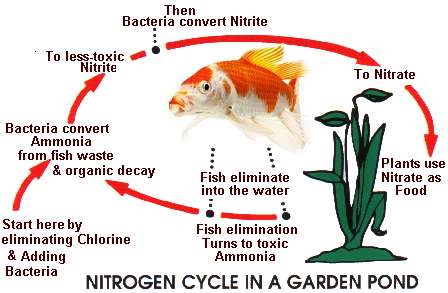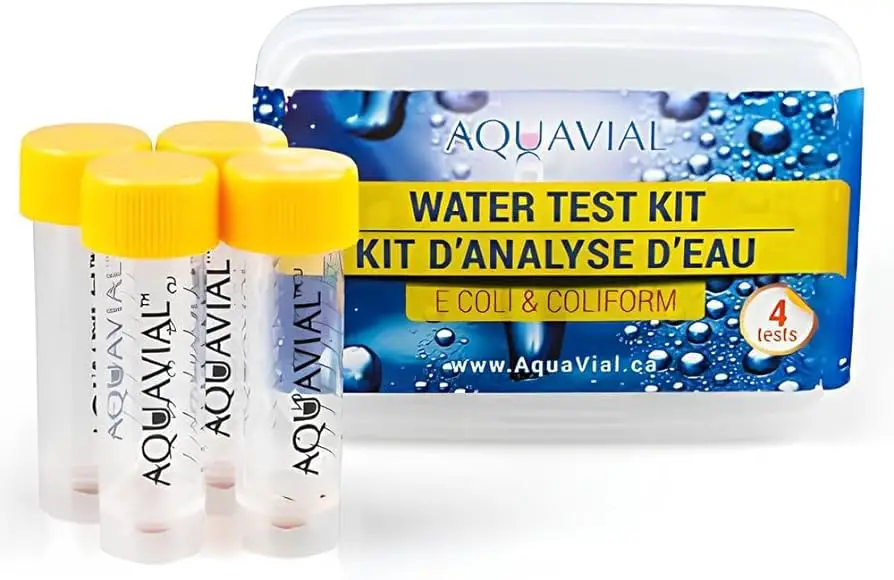Welcome to our comprehensive guide on testing pond water for bacteria. Maintaining the health of your pond ecosystem is crucial for the well-being of your aquatic plants and animals. Bacteria play a vital role in the balance of your pond’s ecosystem, but an overgrowth of harmful bacteria can lead to water quality issues. Regular testing of pond water for bacteria is essential to ensure a healthy environment for your aquatic life.
Why Test Pond Water for Bacteria?
Testing pond water for bacteria is important for several reasons. Bacteria are essential for breaking down organic matter in the pond, such as fish waste and decaying plant material. However, certain types of bacteria, such as pathogenic bacteria, can be harmful to fish and other aquatic life. By testing for bacteria in your pond water, you can identify any potential issues early and take corrective actions to maintain a healthy pond ecosystem.
Types of Bacteria in Pond Water
There are different types of bacteria that can be present in pond water:
- Beneficial Bacteria: These bacteria are essential for breaking down organic matter and converting ammonia into less harmful compounds.
- Harmful Bacteria: Pathogenic bacteria can cause diseases in fish and other aquatic organisms if present in high concentrations.

Credit: www.amazon.com
Methods for Testing Pond Water for Bacteria
There are several methods available for testing pond water for bacteria. Here are some common techniques:
1. Water Sampling
Collect a water sample from your pond in a clean container. Ensure that the container is sterile to prevent contamination. Take the sample from different areas of the pond to get a representative sample of the water quality.
2. Bacteria Test Kits
Bacteria test kits are available at most pet stores or online. These kits typically include test strips or reagents that react to the presence of bacteria in the water. Follow the instructions provided with the kit to perform the test accurately.
3. Laboratory Analysis
For a more thorough analysis, you can send a water sample to a laboratory for testing. The lab will provide you with detailed information about the types and concentrations of bacteria present in your pond water.
Interpreting Test Results
Once you have conducted the test for bacteria in your pond water, it is essential to interpret the results correctly:
- Low Levels of Beneficial Bacteria: If the test indicates low levels of beneficial bacteria, consider adding a bacterial supplement to help maintain a healthy balance in the pond.
- High Levels of Harmful Bacteria: If harmful bacteria are detected in high concentrations, take immediate action to address the issue. Consider water treatments or consulting with a pond specialist for advice.
Preventing Bacterial Imbalance
Prevention is key to maintaining a healthy balance of bacteria in your pond. Here are some tips to prevent bacterial imbalance:
- Regular Water Testing: Test your pond water regularly to monitor the bacteria levels and take corrective actions as needed.
- Proper Filtration: Ensure that your pond has adequate filtration to remove excess nutrients that can fuel bacterial growth.
- Avoid Overfeeding: Overfeeding fish can lead to an accumulation of organic matter in the pond, providing a breeding ground for harmful bacteria.
- Maintain Water Quality: Keep the water in your pond clean and well-oxygenated to support a healthy bacterial community.

Credit: www.futurepets.com
Conclusion
Testing pond water for bacteria is an essential part of maintaining a healthy pond ecosystem. By regularly monitoring the bacteria levels in your pond water and taking preventive measures, you can ensure a thriving environment for your aquatic plants and animals. Remember to interpret the test results accurately and seek professional advice if needed to address any issues promptly.
Take care of your pond, test the water, and enjoy a vibrant and flourishing aquatic environment!





